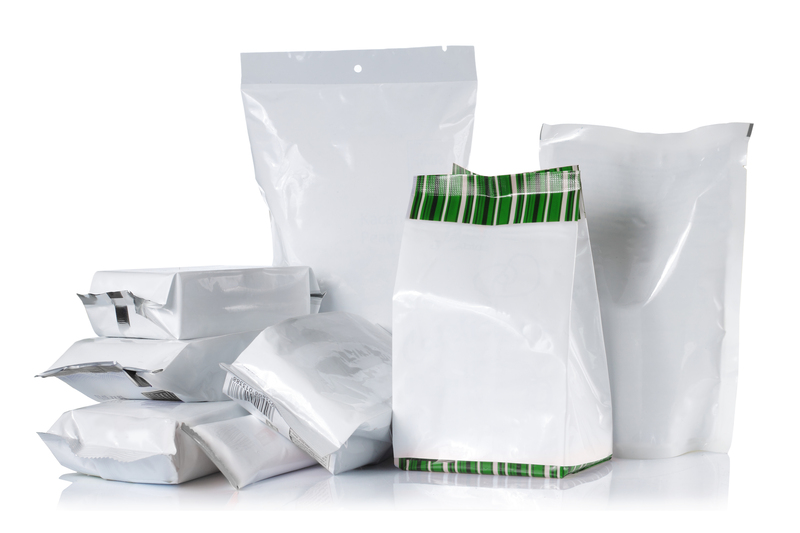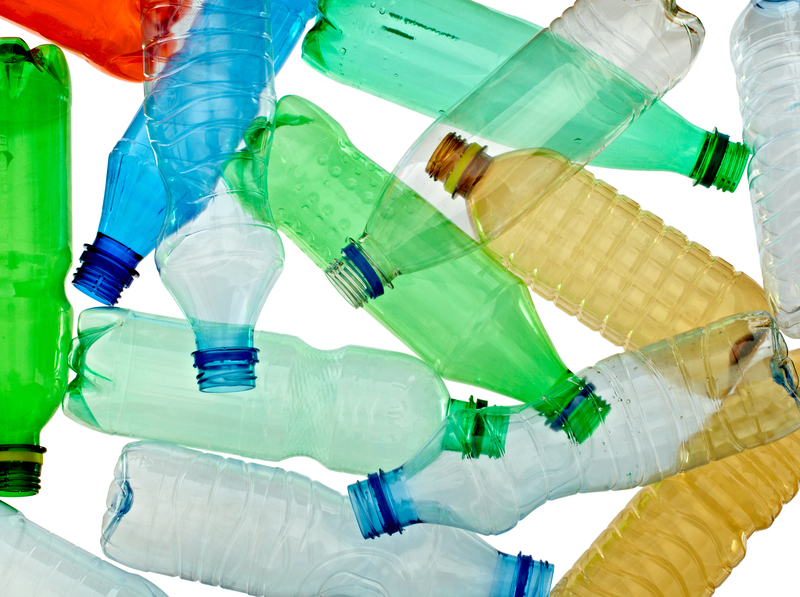Inspired by Sustainability: Upcycling Trash into Everyday Artworks
In the age of growing environmental awareness, upcycling trash into everyday artworks has taken the world of sustainable creation by storm. More than a trend, this creative movement embodies a lifestyle where waste transforms into wonder, offering inspiration not just for artists but for anyone passionate about green living. This article delves deep into how sustainability inspires the upcycling of trash into art, exploring its impact, remarkable techniques, and innovative ideas to get started yourself. Let's jump into this transformative journey together!

What is Upcycling and Why Does It Matter?
Upcycling is the process of reusing discarded materials to create products of higher value or quality than the original item. It goes a step beyond recycling, which breaks materials down for reuse. Upcycling trash into art gives waste a new, often beautiful, purpose.
- Reduces landfill waste by diverting items destined for disposal
- Saves energy and resources required in traditional recycling processes
- Encourages creativity and artistic expression
- Raises environmental awareness in communities
These practices, inspired by sustainability, help shrink our ecological footprint while celebrating human ingenuity.
The Inspirational Roots of Upcycling Art
The movement to upcycle trash into everyday artworks is inspired by a desire to address some of the most pressing challenges of our generation: overconsumption, environmental degradation, and the throwaway culture. Across the globe, visionary artists and creators have recognized the potential in what society discards, uncovering stories and meanings within the materials they rescue.
- Environmental consciousness - Artists seek to showcase the urgent need for conservation.
- Resourcefulness and innovation - Upcycling encourages doing more with less.
- Social impact - Artworks made from trash highlight social issues like waste, pollution, and poverty.
- Educational value - Upcycled art often sparks dialogue and informs audiences about sustainability.
How Artists Upcycle Trash into Everyday Artworks
Material Sourcing and Selection
Upcycling trash into beautiful artworks begins with material gathering. Artists scour:
- Neighborhood curbside pickups
- Local recycling centers
- Construction sites and salvage yards
- Second-hand and thrift stores
- Household waste bins
From glass bottles and metal cans to discarded electronics and old clothing, every item holds upcycling potential.
Techniques for Transforming Waste into Wonders
Upcycling trash into everyday artworks employs diverse creative techniques, reflecting each artist's style and intent. Here are a few favorite methods:
- Assemblage: Combining various found objects into sculptures or mixed media art.
- Mosaics: Using small shards of recycled glass, ceramics, or plastic to form images or patterns.
- Collage: Layering upcycled paper, fabric, or plastics onto canvases for textured visual art.
- Wearable art: Transforming old textiles, electronics, or plastics into jewelry, fashion, or accessories.
- Functional art: Turning trash into items like lamps, furniture, or decor pieces with practical uses.
The possibilities are endless, limited only by the artist's imagination.
Benefits of Upcycling Trash into Everyday Artworks
Sustainability Advantages
The ecological rewards of inspired upcycling are far-reaching:
- Conservation of resources - Less energy and raw materials are required when reclaiming waste.
- Pollution reduction - Fewer materials end up as litter or in landfills, decreasing methane and other emissions.
- Encouragement of local economies - Artisans often rely on community-based waste streams.
- Educational outreach - Upcycled art serves as a platform for sustainability awareness.
Artistic and Social Benefits
- Fostering creativity and original expression
- Making art more accessible (materials are often free or low-cost)
- Inspiring community participation in environmental initiatives
- Raising funds and awareness for environmental/network causes
Examples of Everyday Upcycled Artworks
Let's look at some inspiring projects that have gained attention for their innovative use of trash:
- Plastic bottle chandeliers - Old bottles turned into dazzling light features
- Scrap metal sculptures - Larger-than-life animals or abstract art crafted from car parts and scrap steel
- Newspaper portrait collages - Layered, tactile artworks using only recycled print media
- CD or vinyl record clocks - Giving old digital media a new lease on life as decor
- Textile patchwork art - Repurposed clothes become vibrant wall hangings or fashion pieces
Case Study: Global Street Art Made From Trash
Some of the planet's most visually stunning public artworks began life as urban debris. For example:
- Bordalo II (Lisbon) - Famed for creating wild animal sculptures from urban waste, spreading powerful messages about wildlife and pollution.
- Washed Ashore Project (Oregon): Builds giant marine life sculptures entirely from beach plastics, raising awareness of ocean pollution.
- EcoBricks Initiatives (Worldwide): Communities use plastic bottles stuffed with non-recyclable plastics to build functional walls and furniture, blending utility with artistry.
How to Get Started: Upcycling Your Own Trash Into Everyday Art
1. Collect and Clean your Materials
Start by setting aside clean, interesting items from your daily waste--think bottle caps, cans, jars, cardboard, and fabric. Make sure everything is washed and dried thoroughly, which is vital both for hygiene and for crafting.
2. Gather Tools and Supplies
- Strong glue and adhesives (eco-friendly if possible!)
- Scissors, craft knives, and pliers
- Paints, brushes, sealants
- Staples, wire, strong thread, or zip ties for assembly
A trip to a local craft store can supplement your salvaged supplies with essential tools.
3. Choose Your Artistic Project
- Try a collage: Layer magazine scraps, fabric, and packaging for textured art.
- Assemble a sculpture: Stack and bond oddly shaped objects for a fused contemporary piece.
- Create wearable art: Transform old electronics into unique statement jewelry.
- Design functional decor: Make planters, lamps, or vases from old jars and bottles.
4. Experiment and Learn
Let curiosity be your guide! The best upcycled art emerges from experimentation, mistakes, and playful discovery. There's no right or wrong way--only creativity and sustainability acting in harmony.
Tips for Making the Most of Upcycled Art
- Document your process with before-and-after photos
- Share your creations on social media using hashtags like #UpcycleArt or #TrashToTreasure
- Collaborate with local schools or community centers to host sustainability art days
- Research safe materials and adhesives, especially if your art will be handled frequently
- Stay inspired by following renowned upcycling artists and creators
The Impact of Upcycling Trash into Everyday Artworks on Society and the Environment
As more individuals discover the joy and ecological impact of upcycling trash into art, communities experience several positive changes:
- Raised environmental consciousness: People become more aware of what they throw away and how their choices impact the planet.
- Community beautification: Public spaces become vibrant galleries for upcycled art installations.
- Reduction of waste output: Households who upcycle often generate less waste overall.
- Inspiring youth: Children learn hands-on sustainability and environmental stewardship.
- Support for local economies: Upcycled artworks can be sold, driving microbusinesses and local crafts economies.
Troubleshooting and Overcoming Challenges in Upcycling
While the rewards are immense, upcycling trash into beautiful, sustainable artworks isn't without its obstacles:
- Materials safety: Not all recycled materials are safe to handle; always research potential toxins or sharp edges.
- Durability: Some trash items can degrade or break down over time, especially if exposed to the elements.
- Storage: Accumulating materials can take up space--organize and limit what you collect to what you'll realistically use.
- Creative block: Overcoming creative drought can require seeking fresh inspiration or collaborating with others.

The Future of Sustainable Art: Innovations in Upcycling
The evolution of upcycled art inspired by sustainability continues at a rapid pace. Artists and designers now experiment with high-tech methods, fusing tradition with digital tools.
- 3D printing involves mixing waste plastics for unique sculptures and prototypes.
- AI-driven design helps curate found-object collections for optimal artistic effect.
- Eco-friendly resins and bioplastics replace toxic adhesives, making upcycled art safer and longer-lasting.
- Collaborative art installations bring communities together to tackle urban waste issues.
Conclusion: Embracing an Inspired, Sustainable Future
Upcycling trash into everyday artworks stands as a testament to the human spirit's creativity and adaptability. From schoolchildren to renowned sculptors, anyone can participate in this artistic revolution, finding possibility and hope in what the world throws away.
By turning refuse into remarkable works of art, we not only reduce waste but also inspire others to envision new uses and bold solutions for a healthier, more sustainable planet. Whether you're an experienced artist or a weekend crafter, let yourself be inspired by sustainability--and watch as ordinary trash transforms into extraordinary art.
